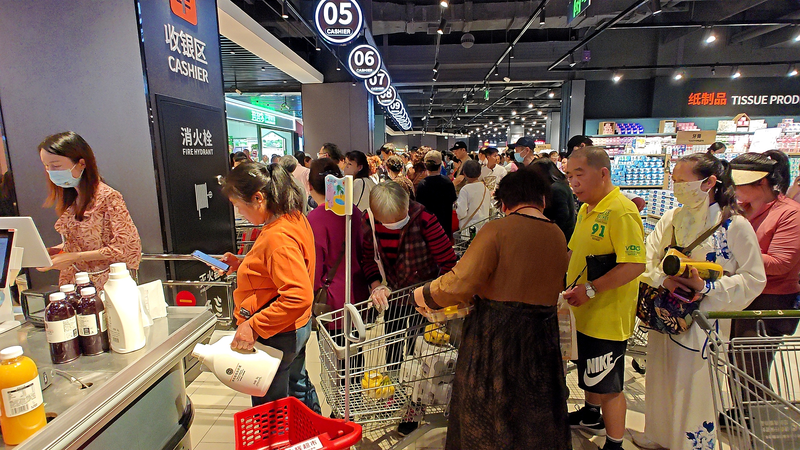Amid the U.S. abuse of tariffs, exporters of the Chinese mainland are switching gears to explore their huge domestic market. Experts see this as a proactive move to counter global challenges and unlock local demand through smart supply-side reforms.
On Friday, the China General Chamber of Commerce along with six other national trade associations proposed that grocery chains, department stores, e-commerce platforms, and wholesale markets create "green channels" to showcase export-quality goods. This initiative is designed to bridge export expertise with untapped domestic opportunities, offering a fresh, innovative direction for businesses. 🚀
The numbers speak for themselves: last year, consumer goods retail sales in the Chinese mainland reached 48.79 trillion yuan (around $6.79 trillion), a figure that far exceeds exports to the U.S. Major players like JD.com are seizing the moment—pledging to purchase about 200 billion yuan (roughly $27.3 billion) of export-sourced products and establishing specialized systems and teams to convert these items into domestic successes. Kong Xiangying, JD.com's vice president, noted plans for on-site purchasing teams, exclusive zones for high-quality offerings, and intensive training sessions to support this strategic shift.
This bold pivot mirrors the dynamic digital and economic transformations seen across South and Southeast Asia—think of how ride-hailing and e-commerce have reshaped everyday life in cities like Bangkok or Mumbai. It’s a powerful reminder that innovation thrives even in challenging times, inspiring young entrepreneurs and tech enthusiasts to embrace new opportunities at home. 🌟
Reference(s):
Expert: Chinese exporters' shift to domestic market a proactive move
cgtn.com




